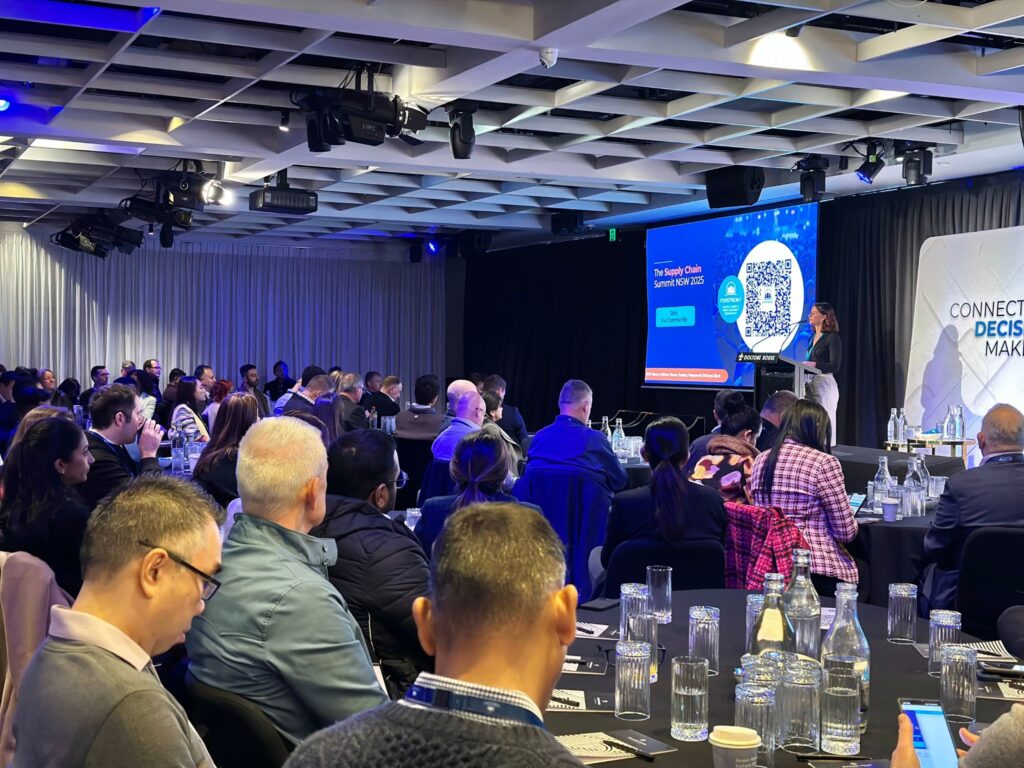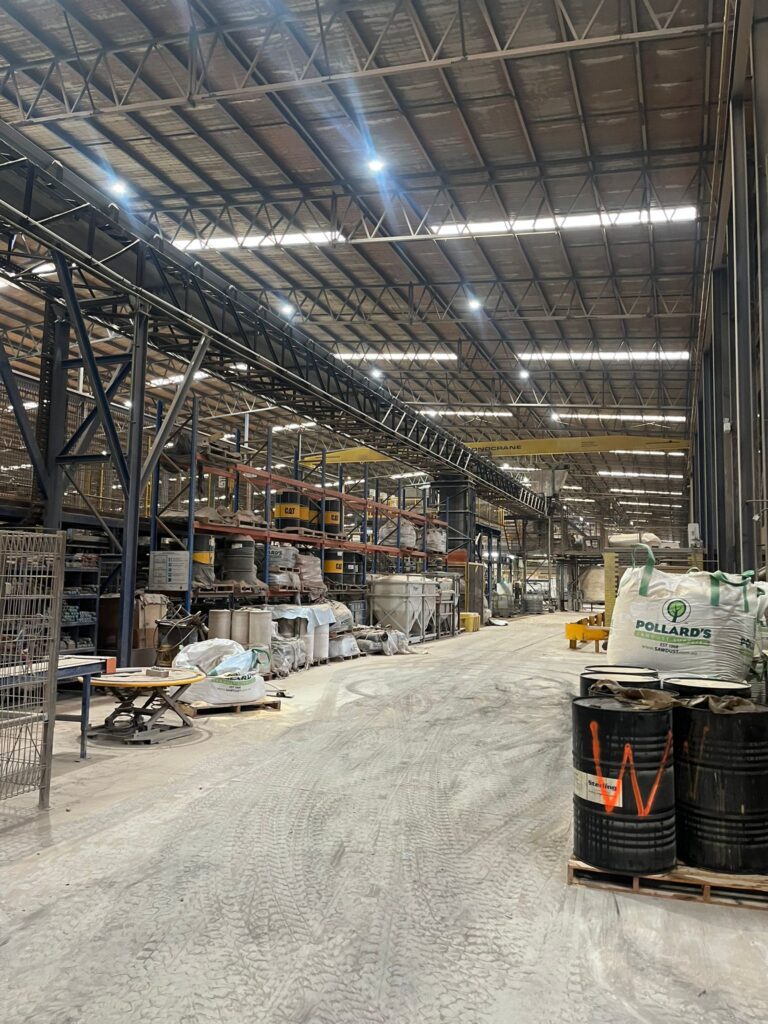In retail, supply chain management (SCM), is the management of the flow of goods and services. It involves the movement and storage of raw materials, of work-in-process inventory, and of finished goods from point of origin to point of consumption.
SCM involves optimizing your operations to maximize both speed and efficiency. Speed is important because customers value fast service. Increasing speed, however, can cause costs to skyrocket, so maximizing efficiency is equally important.
One company which has manged to strike a balance between speed and efficiency is Crimson & Co. With several retail, e-commerce and 3PL clients across the world, Crimson & Co has helped benchmark several operations within SCM.
Their proprietary tools help generate value by way of improving efficiencies in distribution centers and optimising the network, thereby improving service levels. They also help clients design and source the right level of automation and technology required for their operations.
CEO – Crimson & Co India, Ravikant Parvataneni, speaks in depth to Images Retail about the nitty gritties of SCM, and the importance of SCM in the retail industry.
How are supply chain mechanics changing in the digital age? With retailers going Omnichannel, what value are you adding to the multi-channel retail business?
Complexity in retail is growing, driven by consumer demands and competitive pressure. Although goods may be sold through multiple channels, a consumer always expects a seamless experience from retailers irrespective of the channel or seasonal peaks. We combine our retail domain knowledge with logistics and supply chain expertise and understanding of global best practices to assist clients chalk out a total end-to-end strategy across channels, keeping the consumer expectations in mind.
Are Indian retailers waking up to time sensitive logistic services? Are they important in the Indian scenario?
Since the e-commerce boom, time-definite has become the most critical service. While we all know its criticality in shipping to the consumer, in the ‘Distribution Centre to Store’ leg too, it has become significant, to avoid stock-out situations. As uncertainty goes down in transportation, it leads to reduction in safety stocks across all the nodes in the network, leading to higher efficiencies. Retailers need to re-look at their network from a cost v/s serviceability trade off, and optimize accordingly.
In your opinion, does implementing real-time data analytics improve supply chain efficiency a lot?
Yes it does and this is especially true in transportation where online tracking of vehicles (and therefore packages) helps reduce uncertainty and take corrective actions wherever required. Real-time data analytics also plays a very important role in the LMD (last Mile Delivery) segment where geo-coding, real time traffic and dynamic route planning helps achieve higher efficiencies and service levels.
Tell us about Crimson & Co’s work in providing end-to-end coordination throughout the supply chain to avoid complexities?
We have worked with clients across all requirements whether its expansion or change in business objectives or even outsourcing and supplier management. We have created supplier review processes, fulfillment and distribution strategies, introduced planning and control processes and helped implement an integrated supply chain approach. This has helped our clients increase sales during festive seasons, cut transport expenditure, achieved substantial savings in distribution centre operations and helped improve overall efficiency in SCM.
Let’s talk about your retail clientele. Give us a case study the retail world can relate to.
I come from a retail background myself, having worked with the two largest retail groups in India – Future Group and Reliance Retail. Crimson & Co has also been fortunate to work with both the retail giants. For Reliance Retail, we were involved in designing the supply chain strategy when the retail business was just starting. For Future Group, we have been involved in the design and implementation of Automated Cross-belt sortation system which is the first of its kind in India. In short, we have been at the forefront of bringing technology to our clients in India.
Will the implementation of GST positively impact the retail value chain?
Yes, especially in the food business. For example, in the NCR region, all the retailers have to necessarily have three distribution centres in Gurugram (Haryana), Delhi and Noida/Ghaziabad (UP). However, with GST, they will be able to service from one single distribution centre thereby gaining critical efficiencies and making the business gain value. This will also help them implement better technologies because some technologies need certain scale to be viable.
Read the full coverage here






